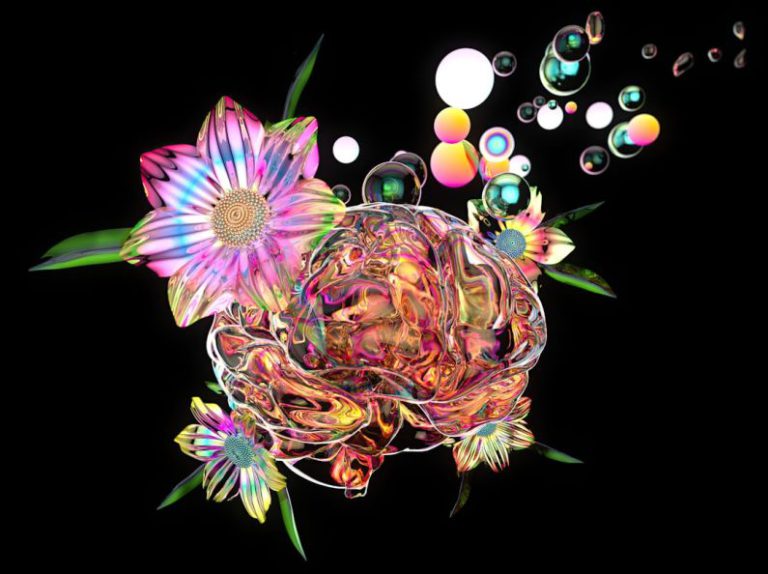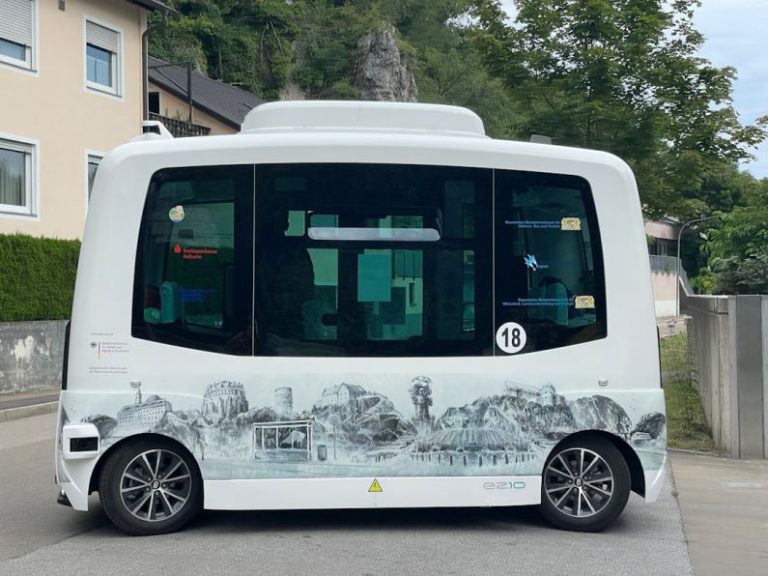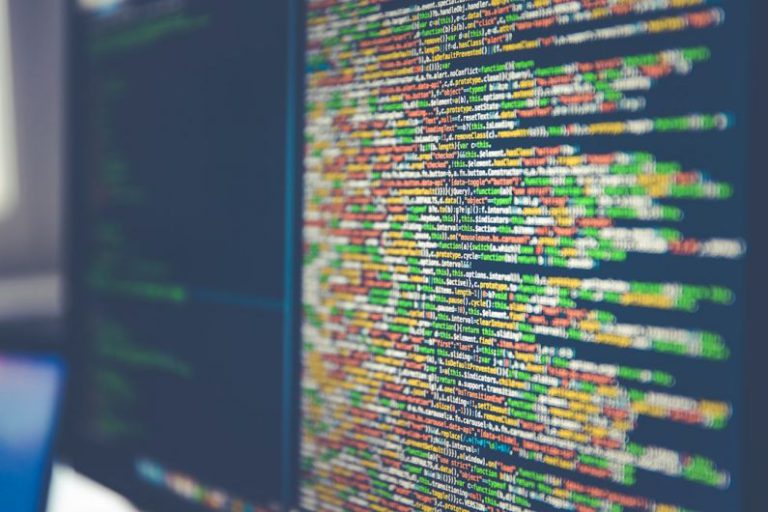The Intersection of Gamification and Creative Work
In today’s fast-paced world, where creativity and innovation are highly valued skills, finding ways to enhance and optimize creative work processes has become increasingly important. One method that has gained popularity in recent years is the integration of gamification into creative tasks. Gamification, the application of game elements and principles in non-game contexts, has proven to be a powerful tool in engaging individuals and motivating them to achieve their goals. When applied to creative work, gamification can not only boost productivity but also foster a more enjoyable and rewarding work environment.
Enhancing Motivation and Engagement
One of the key benefits of incorporating gamification into creative work is its ability to enhance motivation and engagement. By introducing elements such as challenges, rewards, and competition, gamification can make mundane tasks more exciting and enjoyable. Creative professionals often thrive in environments that stimulate their curiosity and push them to think outside the box. Through gamification, tasks that may have seemed daunting or repetitive can be transformed into fun and engaging activities, sparking creativity and inspiring new ideas.
Fostering Collaboration and Teamwork
Another advantage of integrating gamification into creative work is its potential to foster collaboration and teamwork. Many creative projects require input from multiple team members with different skills and perspectives. By incorporating gamified elements such as leaderboards, team challenges, and rewards for collective achievements, gamification can encourage collaboration and enhance communication among team members. This not only improves the overall quality of the work but also creates a sense of camaraderie and shared purpose within the team.
Boosting Productivity and Innovation
Gamification can also play a significant role in boosting productivity and fostering innovation in creative work. By setting clear goals, providing immediate feedback, and offering rewards for achieving milestones, gamified systems can help creative professionals stay focused and motivated. Moreover, gamification can inspire individuals to push their boundaries, take risks, and explore new ways of approaching problems. This can lead to increased innovation and the development of groundbreaking ideas that may not have emerged in a traditional work setting.
Creating a Positive Work Environment
Incorporating gamification into creative work can also contribute to creating a positive and supportive work environment. Games are inherently associated with feelings of enjoyment, satisfaction, and accomplishment. By infusing elements of playfulness and fun into the work process, gamification can help reduce stress, alleviate monotony, and increase overall job satisfaction. A happy and engaged workforce is more likely to be creative, productive, and committed to achieving success.
Encouraging Skill Development and Learning
Furthermore, gamification can serve as a valuable tool for encouraging skill development and continuous learning in creative professions. By offering challenges that require individuals to acquire new knowledge, experiment with different techniques, and solve complex problems, gamified systems can support professional growth and development. Creative professionals can use gamification as a platform for honing their skills, expanding their expertise, and staying abreast of industry trends and best practices.
Embracing the Future of Creative Work
As the intersection of gamification and creative work continues to evolve, it is essential for organizations and individuals to embrace this innovative approach to enhancing productivity, fostering collaboration, and promoting innovation. By leveraging the power of game elements and principles, creative professionals can transform their work processes, unleash their full potential, and drive impactful outcomes. Gamification is not just a trend but a promising strategy for shaping the future of creative work in a dynamic and ever-changing landscape.
In conclusion, the integration of gamification into creative work represents a paradigm shift in how we approach and engage with the creative process. By harnessing the motivational power of games, fostering collaboration and teamwork, boosting productivity and innovation, creating a positive work environment, and encouraging skill development and learning, gamification has the potential to revolutionize the way we work and create. As we continue to explore the possibilities of this exciting intersection, one thing is clear: the future of creative work is playful, engaging, and full of endless possibilities.






